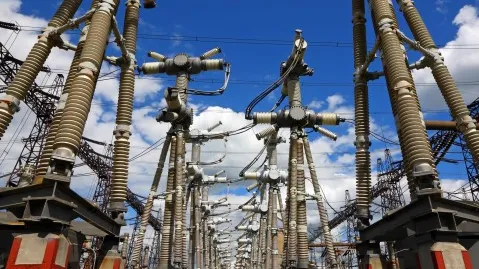
Middle East posts record-high RE growth in 2022
Its capacity rose by 12.8% last year.
The Middle East reported its highest increase in renewables capacity on record, with the commissioning of 3.2 gigawatts (GW) of capacity in 2022, representing a 12.8% growth.
In a report, the International Renewable Energy Agency said the region’s capacity is now at 29 GW, accounting for 1% of the total renewables capacity.
READ MORE: Middle East electricity demand up 2.6% YoY in 2022
Meanwhile, Australia drove the capacity growth in Oceania. The region saw a 10.6% increase with the new 5.2 GW capacity.
Oceania’s total capacity is now at 55% or 2% of the world’s capacity.
The global capacity rose by 9.6% globally to reach 3,372 gigawatts.


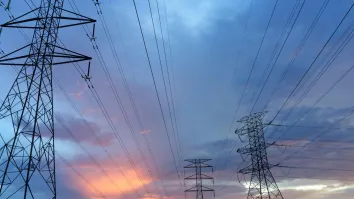
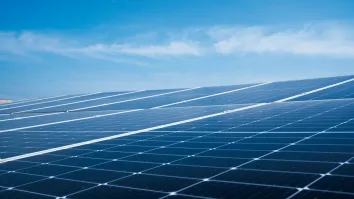
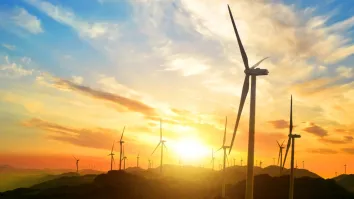
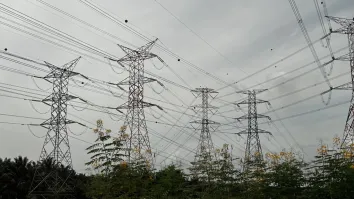




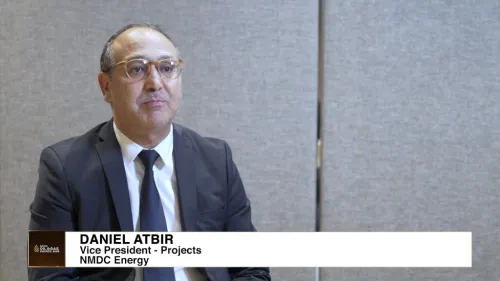

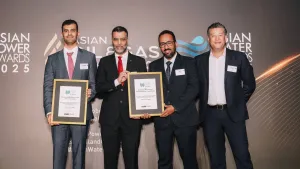






 Advertise
Advertise







